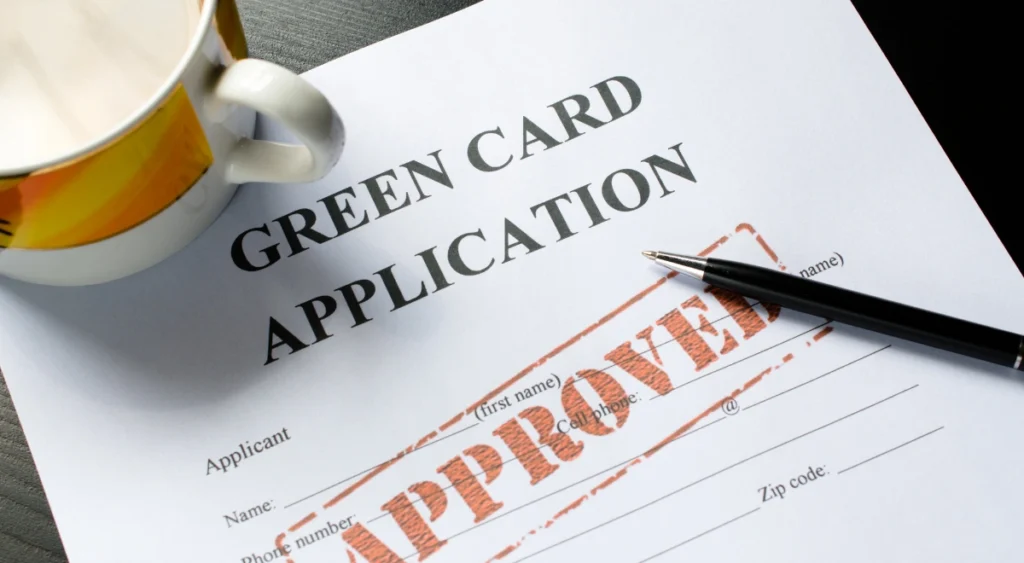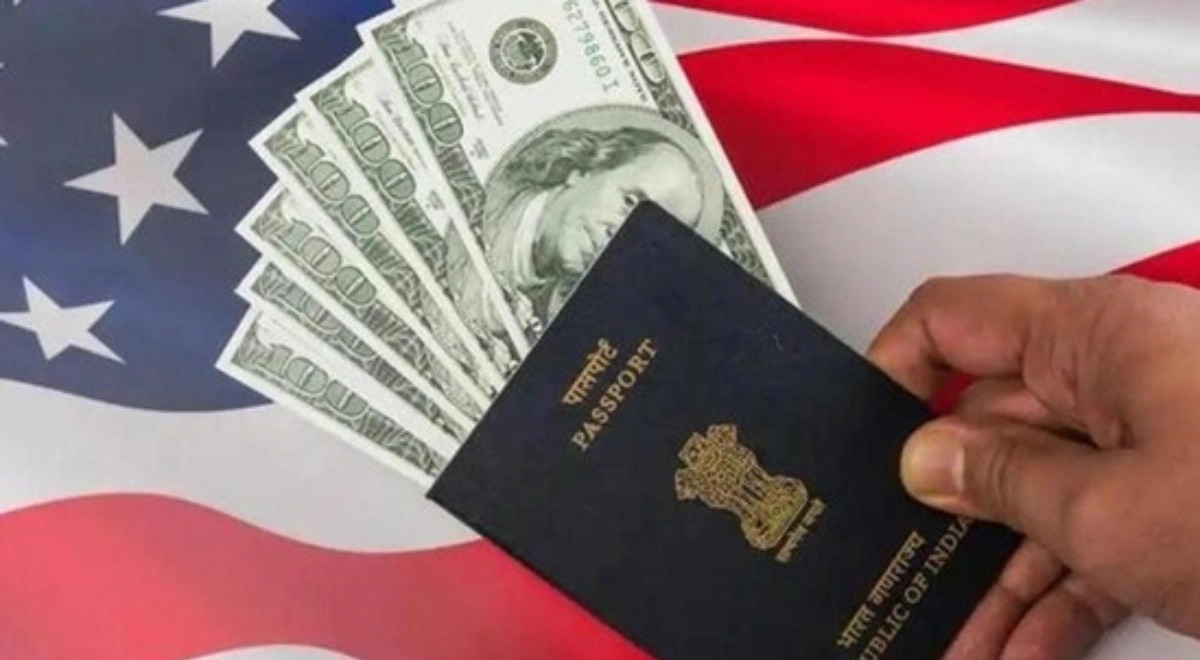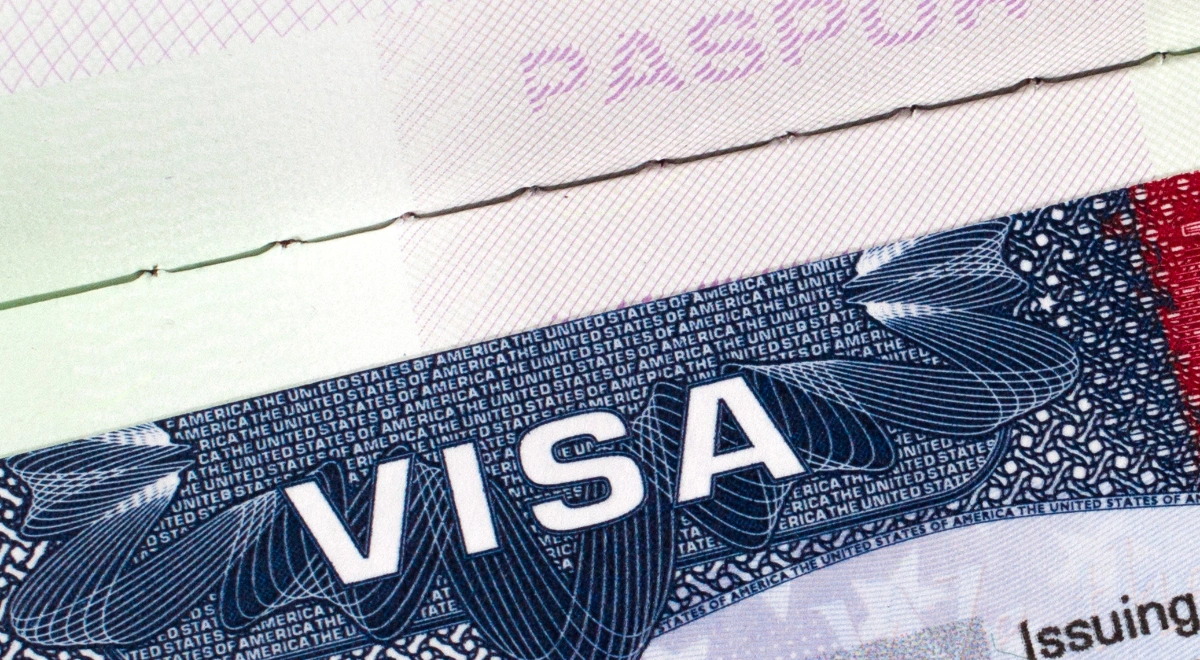Getting a U.S. Green Card is a dream for many, and the EB-5 Investor Program offers one of the most direct and efficient routes to make that dream a reality. In this blog, we’ll walk you through the 7 critical steps you must take in 2025 to successfully apply for the EB-5 visa, in a simple, human, and detailed manner.
1. Understand the EB-5 Program Basics
The EB-5 Immigrant Investor Program was started in 1990 by the U.S. government to boost economic growth. It allows foreign nationals to obtain a Green Card by making a qualifying investment in a U.S. business that creates jobs.
Key highlights:
- You need to invest $1,050,000, (Non- TEA) or $800,000 if the investment is in a rural or high-unemployment area (TEA).
- The investment must generate at least 10 full-time jobs for U.S. citizens or lawful permanent residents.
This program not only helps you secure a Green Card but also gives your family a chance to move to the U.S. and access better education, healthcare, and quality of life.
2. Choose Between Direct Investment and Regional Center
You have two options:
- Direct Investment: This is ideal for those who want to actively manage the business.
- Regional Center Investment: This is a popular choice for passive investors. A regional center handles job creation and project management on your behalf.
Many investors prefer the regional center route because it simplifies the process while still meeting EB-5 requirements.
3. Conduct Thorough Due Diligence
Before investing, research the project thoroughly. Your due diligence should cover:
- Project credibility – Is it government-approved? Has the project started to create the required jobs?
- Investment & Expenditure Flow: Is the investment going into the escrow account of the regional center? Are all the fees the same as those mentioned on the subscription agreement?
- Professional assistance – Consulting the right immigration attorneys and financial experts who specialize in EB-5.
Being cautious now ensures smoother approvals later.
4. Prepare and File Form I-526E
This is your EB-5 application to U.S. Citizenship and Immigration Services (USCIS). It includes:
- Proof of the amount invested
- Proof that the money was obtained legally
- A business plan that shows how the investment will create jobs
This step lays the foundation for your visa process.
5. Await USCIS Adjudication
The average processing time in 2025 is expected to be 24 to 36 months. However, investments in rural or high-priority areas often get faster processing (between 9 to 18 months).
During this time, USCIS evaluates your application, verifies your funds, and assesses whether the job creation requirement will be met.
6. Receive Your Conditional Green Card
Once your application is approved:
- If you are in the U.S., you file an adjustment of status.
- If you’re outside, you’ll attend an interview at the U.S. consulate.
After this, you and your eligible family members receive a 2-year conditional Green Card. This allows you to live, work, and study anywhere in the U.S.

7. Remove Conditions and Get Permanent Residency
Within 90 days before your conditional Green Card expires, you must file Form I-829.
You’ll need to show:
- Your investment remained in place
- The jobs were created as promised
Once approved, you and your family receive permanent Green Cards valid for 10 years. Once you obtain your EB-5 green card, you become eligible to apply for U.S. citizenship through naturalization after five years of lawful permanent residency. This five-year period includes the time spent under both your initial two-year conditional green card and your subsequent 10-year permanent green card.
FAQs
What is the minimum investment for EB-5 in 2025?
You must invest $1,050,000 (Non – TEA), or $800,000 if the project is in a rural or targeted employment area (TEA).
Can I include my family in the EB-5 visa application?
Yes. Your spouse and unmarried children under 21 are eligible for Green Cards too.
How long does the EB-5 process take?
Typically, it takes 24 to 36 months, but rural investments get faster processing (9-18 months).
Do I have to manage the business actively?
Not if you invest via a regional center. Direct investors do need to manage the business.
Will I get my investment back?
Most regional center projects offer a planned return of capital after a few years, but it depends on the project terms.




